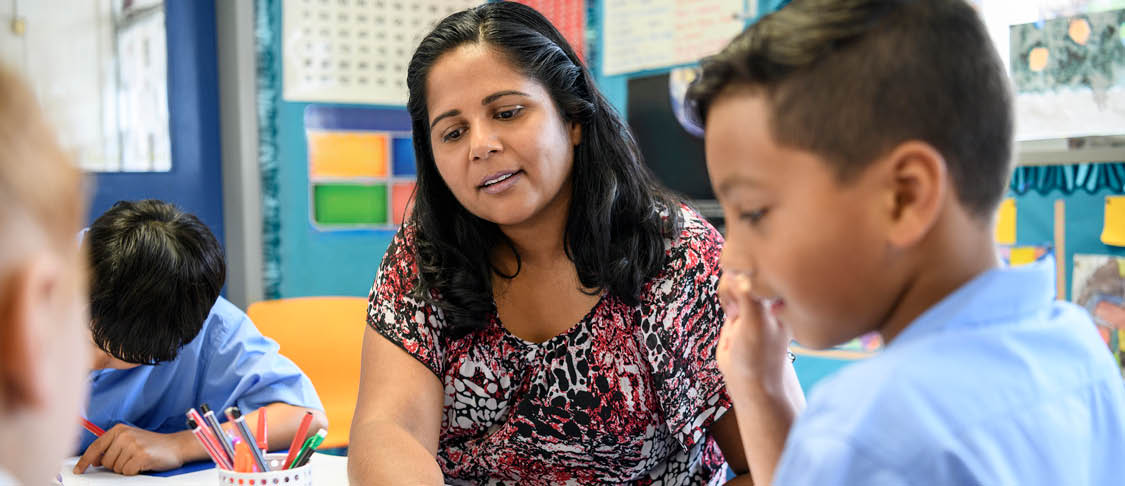 Online teaching resources
Online teaching resources
The department has moved to Arc Learning from FUSE to provide a range of new opportunities for users to get easy access to the highest quality learning and teaching resources. FUSE is allowing users to download content during the transition period, including resources mapped to the Victorian F-10 Curriculum, intercultural capability, civics and citizenship and harmony and culture. To access relevant legacy content, visit:
FUSE, or see Arc Learning for new resources and events.
Some stand-out resources on FUSE and other sites are provided below:
Languages and Multicultural Education Resource Centre
The Languages and Multicultural Education Resource Centre (LMERC) is a Department library for educators across all sectors in a wide range of formal and informal education settings for early years to adult learners. LMERC has been operating for thirty years and holds an extensive collection of over 25,000 resources in all formats for educators across all sectors and at all levels, early childhood to adult. The library specialises in the areas of English as an Additional Language (EAL), Languages and the Cross Curriculum Priority Areas of Aboriginal and Torres Strait Islander Histories and Cultures and Asia and Australia's engagement with Asia as well as the Intercultural Capability, see: LMERC.
Intercultural capablity teaching resources
During 2018, the Victorian Curriculum and Assessment Authority (VCAA), in partnership with the International Education Division at the Department of Education and Training, worked with teachers from twelve Government, Catholic and Independent schools to develop units of work on Intercultural Capability from Foundation to Level 10. The teachers created units with accompanying formative assessment rubrics and annotated work samples to demonstrate progression in student learning, see: VCAA Intercultural Capability teaching resources.
What to look for in teaching resources
There are a range of resources available to support teachers in delivering the Victorian F-10 Curriculum intercultural capability. When reviewing a resource for alignment to the intercultural capability curriculum, the following can assist.
What does GL&E look like in the classroom?
The following definitions have been taken from the department Student Perception Survey to assess and monitor GL&E programs. Here are the definitions and explanations that were in the student perception survey:
Intercultural understanding: is about giving students the opportunity to recognise and value their own culture and language(s) and the culture and languages of others. It enables students to learn about diverse cultures including commonalities and differences, and create connections with others, whilst increasing mutual respect for people from all cultural backgrounds.
Student voice: is not simply about giving students the opportunity to communicate ideas and opinions; it is about students having the power to influence change. Authentic student voice provides opportunities for students to collaborate and make decisions with adults around what and how they learn and how their learning is assessed. This is known to lead to improved educational outcomes.
Student agency: refers to the level of autonomy and power that a student experiences in the learning environment. Student voice and agency are intrinsically linked. Agency gives students the power to direct and take responsibility for their learning, creating independent and self-regulating learners.
Student leadership: is not confined to a small group of individuals, as leadership potential is inherent within all learners. Student leadership includes listening to and being able to clarify the issues of the students they represent and advocating on their behalf. Student leaders have an increased sense of responsibility to help others and to model leadership principles and values. Trust, autonomy and relationships are enhanced through the development of leadership qualities.




